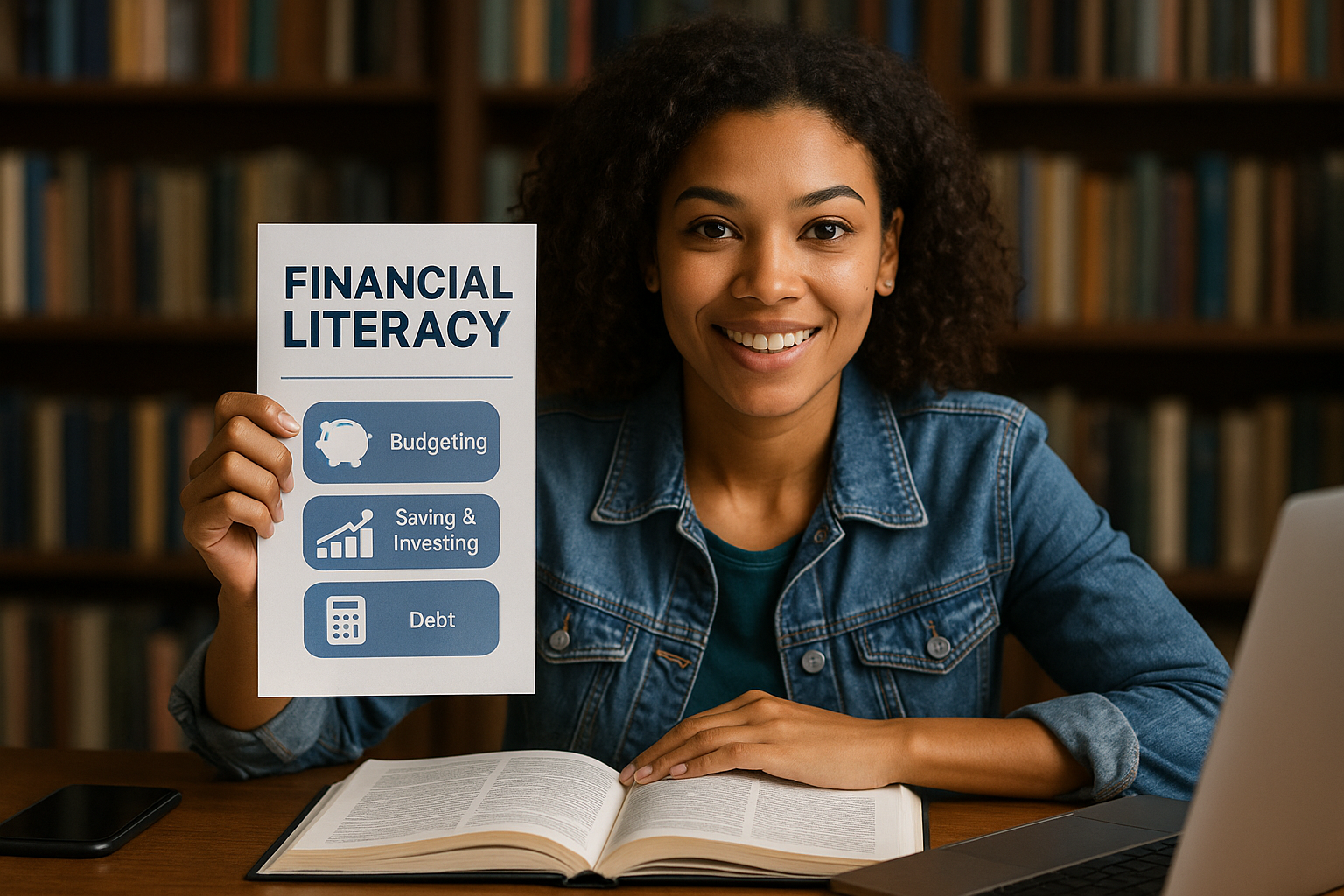Over the past five years, there’s been a massive global shift in how people learn and engage with personal finance. Between 2019 and 2025, the rise of financial literacy became more than a trend—it became a movement. This article explores what caused the financial education boom, the most impactful resources and programs, and how it’s changing lives around the world.
Why Financial Literacy Became a Priority
Several social, economic, and cultural factors contributed to the surge in financial education awareness:
- Economic Uncertainty: The COVID-19 pandemic, inflation, and rising living costs forced individuals to rethink budgeting, saving, and investing.
- Growth of Retail Investing: With more people trading stocks and crypto, the need to understand markets increased.
- Global Debt Crisis: Rising personal and student debt made financial planning a necessity.
- Access to Technology: Smartphones and free apps made educational content more accessible than ever before.
This convergence of need, curiosity, and digital access sparked an educational revolution.
Key Areas of Focus in Financial Literacy
From basic budgeting to advanced investing, people began seeking knowledge in:
- Budgeting & Expense Tracking
Apps like Mint, YNAB (You Need a Budget), and Goodbudget gained popularity for helping users visualize spending. - Debt Management
Platforms like Undebt.it and nonprofit counselors helped users create payoff plans, particularly for student loans and credit card debt. - Credit Education
Tools like Credit Karma and Experian Boost educated people on credit scores, reports, and how to build credit history. - Investing Basics
Beginner-friendly content explained stocks, ETFs, compound interest, and diversification. Apps like Public, Acorns, and Robinhood Learn made investing accessible. - Retirement Planning
Concepts like Roth IRAs, 401(k)s, and FIRE (Financial Independence, Retire Early) became widespread thanks to podcasts and YouTube. - Tax Planning
Creators and professionals simplified tax brackets, deductions, and filing—especially for freelancers and self-employed workers. - Financial Mindset & Psychology
Books and influencers addressed the emotional side of money: fear, scarcity mindset, and impulse spending.
Most Popular Resources and Platforms (2019–2025)
1. YouTube Channels
- Graham Stephan: Explained credit, real estate, and investing to millions.
- The Financial Diet: Focused on money for millennials and lifestyle budgeting.
- Andrei Jikh: Made dividend investing and crypto engaging.
2. Podcasts
- The Dave Ramsey Show: Debt-free living and budgeting.
- BiggerPockets Money: Real estate and personal finance.
- Money with Katie: Financial literacy with a fresh tone.
3. Mobile Apps
- Acorns: Round-up investing and automated portfolios.
- SoFi: Financial planning, investing, and loans in one app.
- Empower (formerly Personal Capital): Wealth tracking and planning.
4. Books
- Rich Dad Poor Dad by Robert Kiyosaki
- Your Money or Your Life by Vicki Robin
- The Psychology of Money by Morgan Housel
These became bestsellers as more people realized the need for foundational money knowledge.
Institutional and Government Efforts
Governments and schools also stepped in to bridge the gap:
- The U.S. added personal finance courses to public high school curriculums in over 20 states.
- The UK launched “Money Helper”, a government-supported service for budgeting and debt advice.
- India and Brazil rolled out national financial inclusion programs.
- NGOs and nonprofits delivered workshops to low-income families, rural communities, and underbanked populations.
The goal: reduce financial exclusion and empower individuals with real-life skills.
Social Media’s Role in Spreading Financial Literacy
TikTok and Instagram created the rise of the “finfluencer”—financial influencers who mix tips with entertainment. Examples include:
- Bite-sized investing advice
- Budget challenges
- “What I Spend in a Week” videos
- Myth-busting around credit and taxes
While this trend reached millions, it also sparked concerns about misinformation. Platforms began flagging financial content and encouraging fact-checking.
Impact on Younger Generations
Gen Z and younger millennials are now:
- More likely to track spending via apps
- Starting to invest before age 25
- Discussing money openly on social media
- Saving for emergencies despite economic pressure
Surveys from 2024 show that 65% of Gen Z adults had used a budgeting app, and 58% had taken at least one financial education course—up from just 27% in 2019.
Challenges Ahead
Despite the progress, challenges remain:
- Overload of information can confuse beginners.
- Misinformation from unqualified sources.
- Limited access in low-income and rural communities.
- Short-term focus—many young investors still chase fast money over fundamentals.
The key to long-term success is ensuring people don’t just learn—but act on sound financial principles.
Final Thoughts
Between 2019 and 2025, financial literacy has gone from optional to essential. With better access to tools, knowledge, and mentors, individuals are more empowered than ever to take control of their financial futures.
But the journey doesn’t stop here. Financial literacy is a lifelong process—and the more informed we become, the stronger, freer, and more resilient we are.
